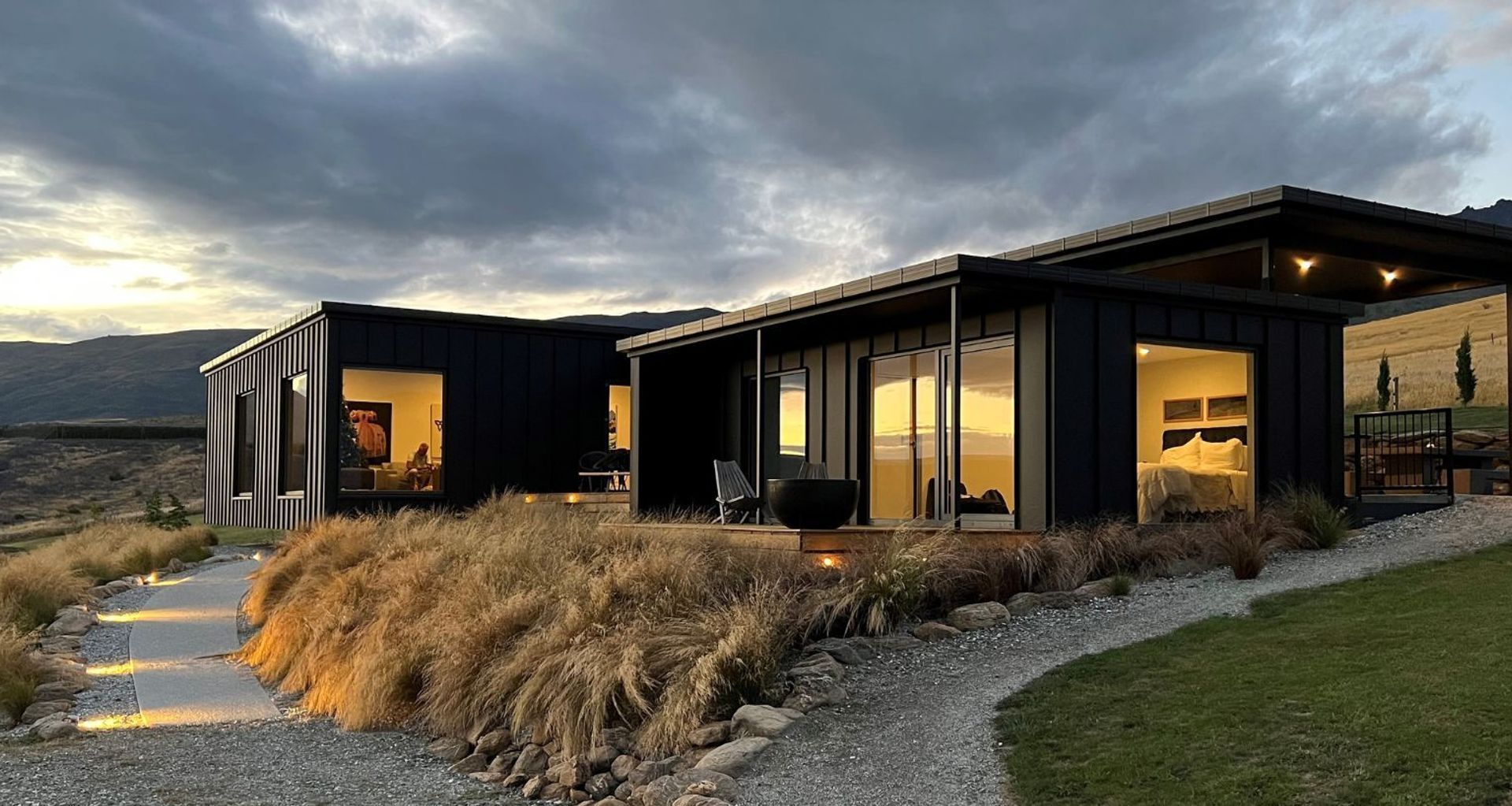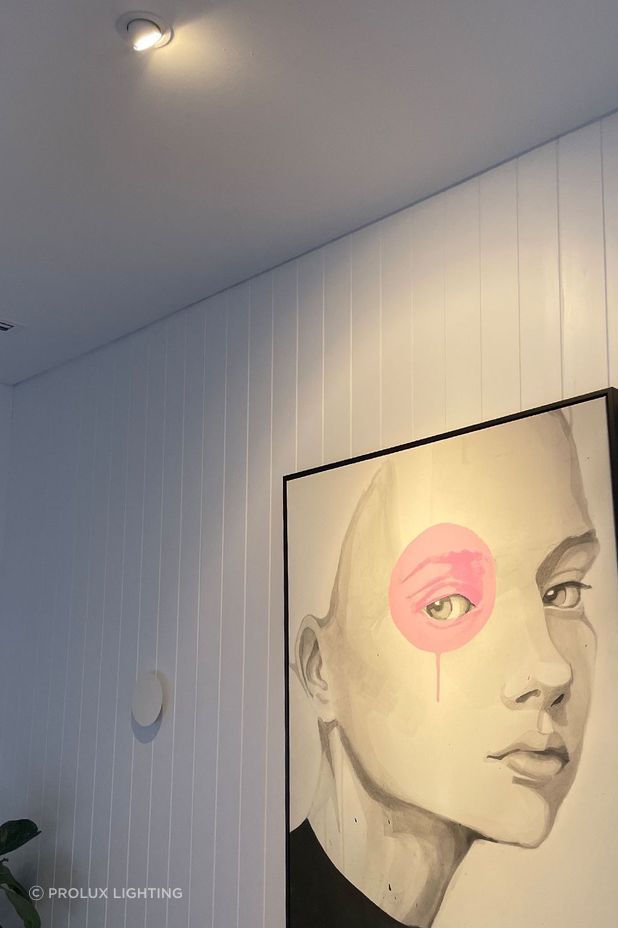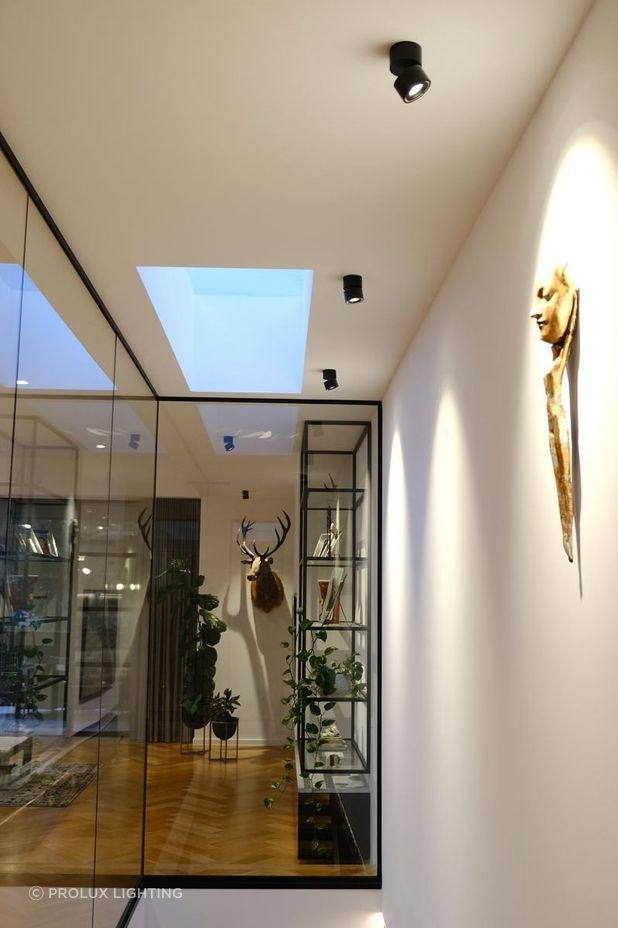How to illuminate your artwork with architectural lighting
Written by
01 July 2024
•
4 min read

Furthering the impact of a curated collection of art can be achieved through meticulously chosen architectural lighting, illuminating each piece in a way that optimises each piece and ensures it is the focal point of the room, as it deserves.
Founded in 1994, Prolux Lighting has built a trusted and respected reputation within the New Zealand market, importing and distributing quality lighting to the trade, specialising in all areas from interior to exterior, landscape, commercial and residential.
With this, we leant on the knowledge of an expert and spoke with Rob Turner, General Manager of Prolux Lighting, about how to implement strategic lighting techniques into your home that help to illuminate your art collection and make the most out of your interior aesthetic.


Interior Art
Lighting plays a crucial role in the presentation of anything, but artwork especially. Art extends beyond the stroke of a brush but, if displayed correctly, can change the experience of your home entirely.
“Strategic lighting techniques can greatly enhance the presentation of artwork by focusing attention, enhancing colours, and creating depth and dimension,” explains Rob.
“Use directional lighting, such as track lights or adjustable fixtures, to focus light directly on the artwork, highlighting its features and making it the focal point of the room. Also, identifying the right colour temperature, typically between 3000K to 5000K, complements the artwork's colours, with warm light enhancing warm tones and cooler light making cool tones pop.”
“Installing dimmers allows for adjustable light intensity, providing flexibility to change the mood and enhance the artwork's appearance based on the time of day or desired ambience. Employ fixtures designed to minimise glare and reflections, such as recessed lights or those with diffusers, ensuring the viewer can appreciate the artwork without visual distractions.”
“Finally, combining different types of lighting—ambient, task, and accent—creates a balanced and dynamic presentation, emphasising the artwork without overshadowing other elements of the space.”
“Proper lighting can make colours appear more vibrant and details more distinct, enhancing the overall visual impact of the piece. Different lighting also intensifies the artwork, and again, finding the right colour temperature can help to evoke various moods and emotions, influencing how the view feels when looking at the artwork.”
Look at strategic lighting to guide the viewer’s attention to specific parts of the artwork. Also, use effective lighting to create shadows and highlights that add depth and dimension to flat artwork, bringing richness and vitality to the overall presentation.


Exterior Art
Architectural lighting can take your home further than a focus on interior artwork. The correct lighting can also optimise your exterior and carefully curated garden, which is another art in itself. Discover innovative new lighting techniques to make the most of your outdoor area.
“Use spotlights to highlight specific architectural features like columns, arches, or statues, creating a focal point in the landscape. Installing low-level lights along walkways and garden paths to guide visitors and enhance safety while adding a decorative element is also a great way to optimise your exterior.”
“I also recommend using floodlights to illuminate large areas, such as facades or garden landscapes, providing security and aesthetic appeal.
“Up-lighting and Down-Lighting work to bring depth and dimension. Install the ground-level lights to shine upwards or mount them on structures to cast light downwards, accentuating trees, walls, and other vertical elements. You can also use Moonlighting by placing lights high in trees to mimic natural moonlight, casting soft, dappled light across the landscape for a serene and enchanting effect.”
With many fittings on the market today, trusting an industry expert to guide you through the choices will help ensure that the one you choose is the right one for your project. Keep flexibility, energy efficiency, and control of lighting conditions at the forefront, as these will ensure that your exterior art is perfectly displayed to strengthen your outdoor experience.
“In a commercial setting, the Prolux Flagstaff is a track spotlight that offers beam focus control, allowing precise adjustments to showcase artwork and exhibits in the best light.”
“For residential use, one of the most popular options is the Prolux Picton - a discrete recessed downlight with extend, tilt and swivel versatility.”
“Surface mount options such as the Ranfurly and Puhoi are great for residential use, and the Poronui for commercial applications that provide great flexibility.”
To explore a wide range of architectural lighting options for your home and discover more about Prolux Lighting, visit their profile on ArchiPro today.
